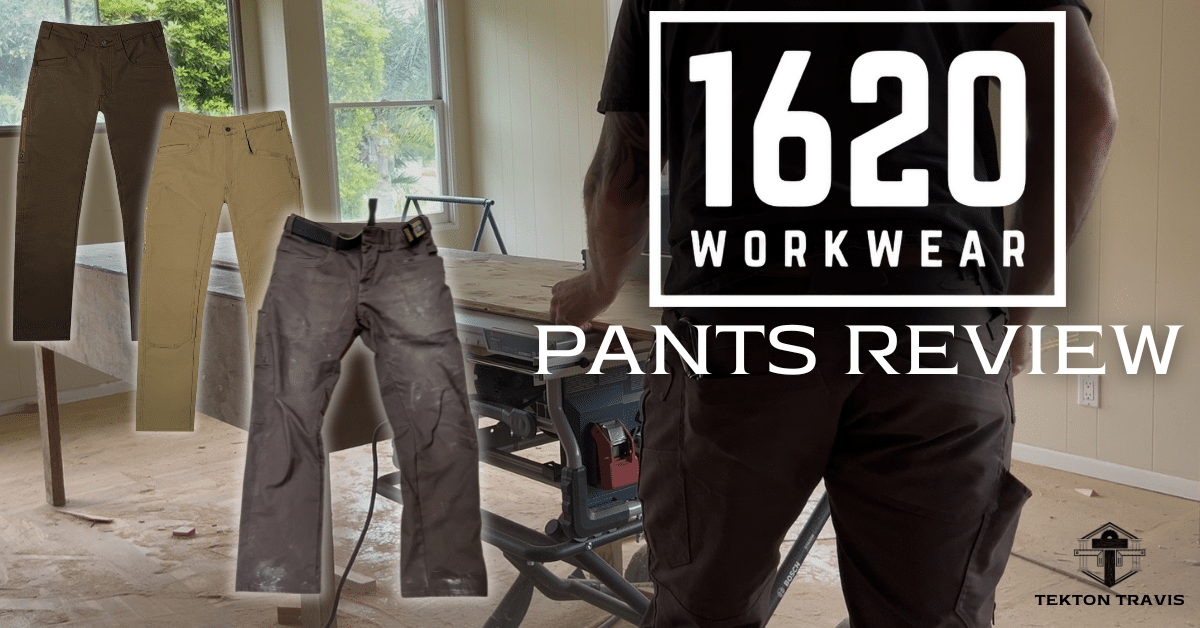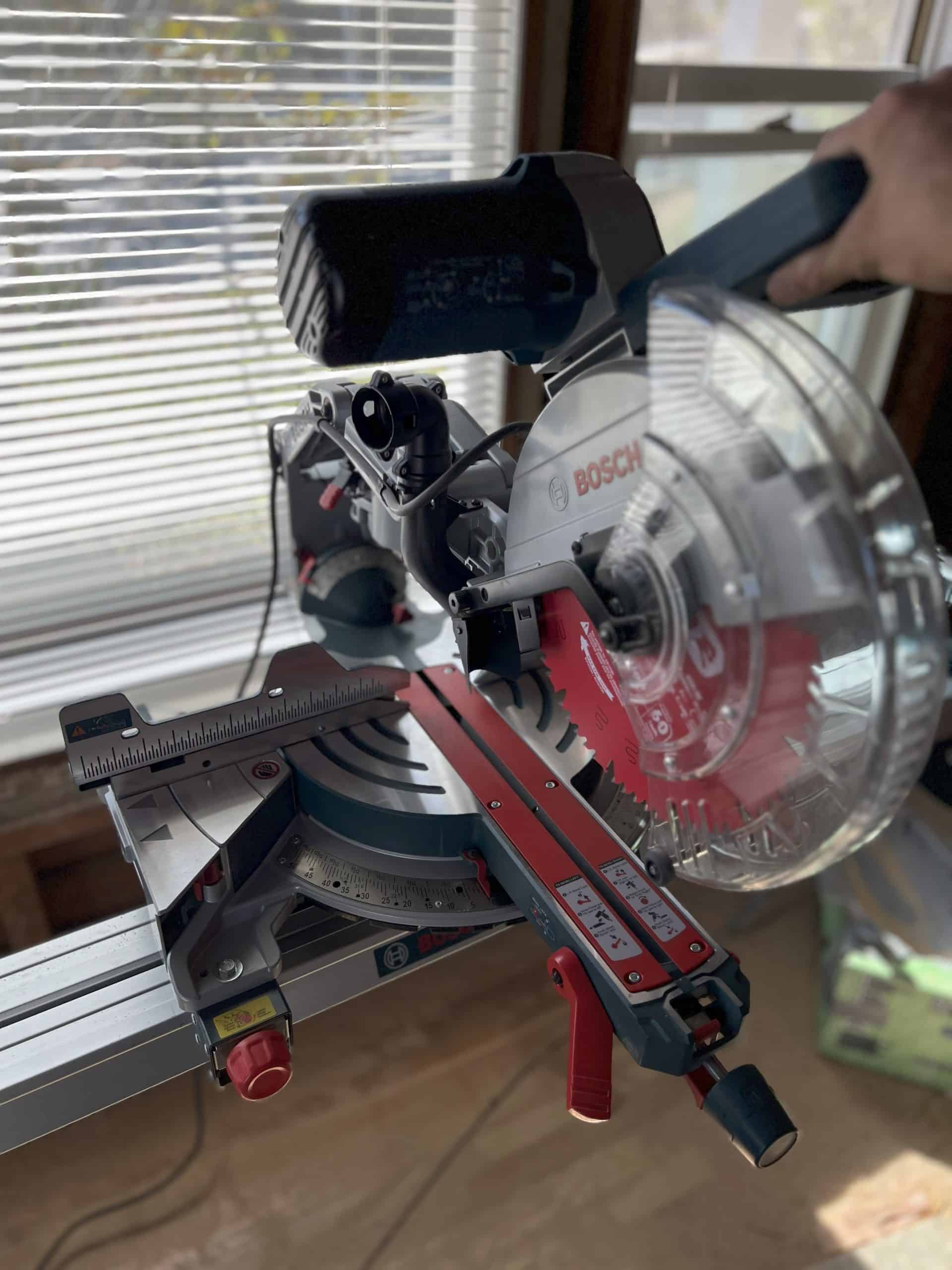Creating a Beginner Woodworking Toolkit on a Budget In 2025
Disclosure: This post may contain affiliate links from online retailers, including Amazon. If you click a link and buy tools or supplies, I may earn a small commission—at no extra cost to you. This allows me to provide you free helpful content, and I genuinely appreciate your support🤝 Learn more
Woodworking is hands-down one of the coolest and most fulfilling hobbies you can take on—but it can seem like an expensive dream for beginners. You might look at a fully equipped workshop and think, “How am I supposed to afford all that?” Well, good news: you don’t have to! Building a beginner woodworking toolkit doesn’t need to break the bank if you know exactly what to get and where to shop smart.
Trust me, I learned the hard way. When I first dipped my toe into woodworking, I bought all the flashy stuff I didn’t even know how to use yet (Of course I do now). But as I got wiser (and more broke), I realized you only need a few essentials to get started. In this guide, I’ll show you how to put together a cost-effective toolkit while saving cash. You’ll still have everything you need to tackle those first satisfying projects. Let’s dive in!
The Core Tools Every Beginner Woodworking Toolkit Needs
If someone handed you a catalog full of tools, you’d probably feel lost, right? I’ve been there. The key is knowing which tools cover the most ground so you aren’t wasting money on gadgets you barely touch. For beginners, a mix of quality hand tools and a few versatile power tools will go a long way.
When building a beginner woodworking toolkit start with the hand tools. A sturdy hammer, a reliable tape measure, a couple of screwdrivers, and a handsaw should be your first grabs. Don’t forget a set of chisels (great for detail work) and a square for accurate measuring and cuts. These might sound basic, but they’ll handle 80% of your starter projects, and you can always add more as you grow. Here’s a decent starter kit for some very basic tools.
If you want to speed things up, invest in simple power tools. A cordless drill/driver is a lifesaver—I’d rank it as the most important. Next, consider a circular saw for quick, clean cuts and an orbital sander to finish things smoothly. Power tools can be pricey, but many affordable, beginner-friendly options hold up surprisingly well. And trust me, quality tools you don’t have to replace in a year will save you money in the long run.
Build Smarter – For FREE!
Join the Tekton Crew and grab 3 FREE Workbench Build Plans with 3D models—plus exclusive DIY tips, tool reviews, and more!
How to Shop Smart: Saving Money on Tools
When you start building a beginner woodworking toolkit, every penny counts. Don’t rush to buy everything brand-new because, honestly, you don’t need the absolute best to get started. In fact, I built my first wooden shelf with a handsaw I snagged at a garage sale for $5—it’s still holding up eight years later!
Online marketplaces like Facebook Marketplace or Craigslist are goldmines for affordable, used tools. Just make sure you inspect items before buying to avoid duds (I once bought a drill that straight-up just sparked every time I turned it on). Big-name retailers often have clearance sales too, so keep an eye out for deals, especially around holidays.
If you don’t need a tool long-term, renting or borrowing can save your wallet. For example, I needed a jigsaw just for one project and borrowed one from my uncle. Tool kits are another solid option. They can be hit-or-miss, but they’re great if you find a quality set with the basics. Remember, you can always upgrade once you’re more experienced and committed to woodworking.
Additional Supplies: Setting Up Your Workspace
Now, let’s talk about your workshop—or, as I like to call mine, the “garage”, or “side yard”. My point is, you don’t need a decked-out workspace to get started, but setting something up right will save you a ton of headaches. Start with a flat, sturdy surface. Store-bought workbenches are pricey, so you can totally build a DIY one for half the cost using scrap wood or affordable materials from the hardware store.
Safety is important, too. Don’t skimp on some protective glasses, gloves, and ear protection when using power tools. I’ll never forget the time I got sawdust in my eye—and it’s not an experience I recommend! If your workspace is shared (like a garage), use simple storage solutions like pegboards or toolboxes to keep your gear organized. Tools last longer when they’re stored without getting banged around, trust me on this one.
Recommended Beginner Woodworking Projects to Put Your Toolkit to Use
So you’ve got your beginner woodworking toolkit—what now? Time to put it to use! Start small with projects geared toward learning the basics. I built a birdhouse as my first-ever woodworking project, and while it wasn’t perfect, it taught me how to measure, cut, and use my tools properly. Other starter ideas include a step stool, bookshelf, or a simple picture frame.
You can use your tools to tackle some easy home repairs to save you money!
The best part? These projects don’t need a ton of materials or tools. You’ll use your hammer, handsaw, tape measure, and maybe a power drill for most of these builds. Do yourself a favor and download free woodworking plans online—they’re a lifesaver for figuring it all out step-by-step.
Quick tip: focus on precision! Measure twice, cut once. The first few cuts might be rough, but keep practicing—you’ll get better every time. And even if something comes out a little crooked, there’s a real satisfaction in creating something with your own two hands. Just call it “rustic charm!”
Pro Tips for Growing Your Toolkit Over Time
Once you’re comfortable with the basics, you’ll probably catch the woodworking bug. And that’s when it’s time to slowly grow your beginner woodworking toolkit—without blowing your hard-earned cash. The golden rule? Upgrade one tool at a time, as your existing projects demand it. For instance, I didn’t spring for a table saw until I was building big stuff like furniture.
Stick with your budget by saving and setting money aside for higher-quality tools. The cheap stuff isn’t always bad, but eventually, investing in more durable gear will pay off. A good router or jigsaw, for example, can open up a world of new project ideas. When shopping, don’t let fancy marketing fool you—focus on trusted brands and user reviews instead.
And hey, don’t rush it. Woodworking is about the joy of discovery. Learn what works and what doesn’t at your own pace. If a tool sits unused on your shelf for months, maybe you weren’t ready for it yet—and that’s okay! You can always trade or sell unused tools to fund the next addition to your kit.
Conclusion
Starting woodworking doesn’t mean emptying your wallet—it just means making smart choices about the tools you need and projects you take on. By sticking to the essentials, shopping second-hand or waiting for bargains, and keeping things simple, you’ll build a functional beginner woodworking toolkit without any stress.
As you grow your skills, you’ll naturally upgrade your gear to meet your goals. So grab what you need today, start small with manageable projects, and enjoy the process. Remember, safety comes first, and the joy of woodworking is in creating something uniquely yours. Got questions? Feel free to join my email list for more woodworking tips and you can go read some of these essential DIY skills next. Please share this article with a fellow beginner—let’s keep the sawdust flying!
Build Smarter – For FREE!
Join the Tekton Crew and grab 3 FREE Workbench Build Plans with 3D models—plus exclusive DIY tips, tool reviews, and more!







